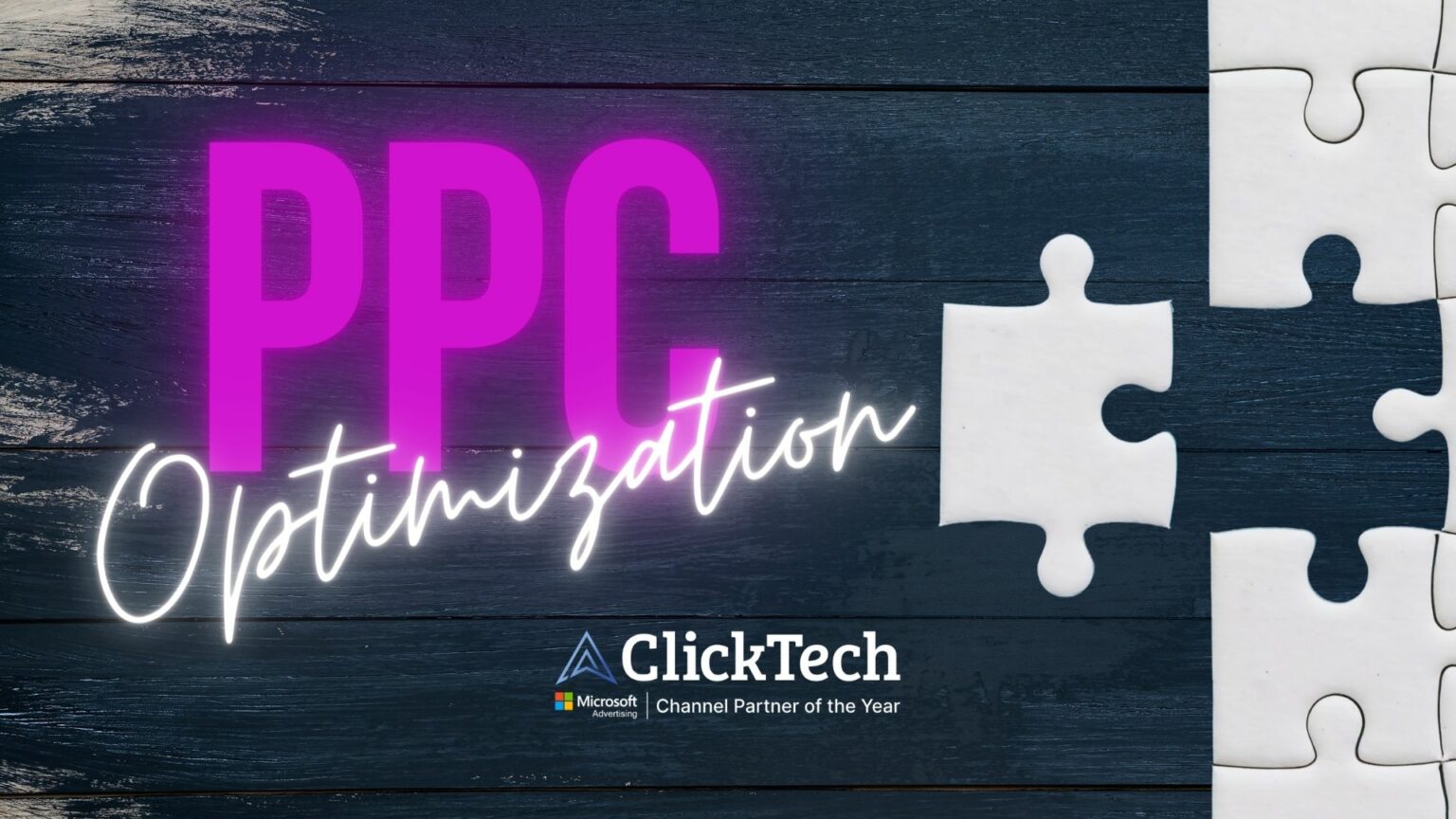
The 4 Types of Ad Copy You Need to Know About - Knowledge Bomb #4


Editor's Note: This post has been updated with new links and content.
Original Publication Date: August 18, 2017
We’ll be the first to admit that writing ad copy is NOT easy! But it doesn’t have to be like pulling teeth either.
Writing great copy for Facebook Ads, Google Ads, and other platforms doesn't come naturally to everyone. But it is a learnable skill, and it's a skill that everyone can develop with a little research, practice, and patience.
Why is Ad Copy Important?
Your ad copy is not necessarily the first thing people see. But the copy usually determines whether or not the user will read more, and eventually follow your call to action. And with the right ad copy strategies in place, you’ll be one step closer to improving your campaigns' performance.
One way to ensure you have the right copy strategy for your campaign is to study and replicate the methods that marketers are already using successfully. In this article, we will go over the 4 methods we use most frequently.
We'll also share some examples of ad types that work consistently and have stood the test of time.
Ad Copy Type #1: A.I.D.A.
A.I.D.A. stands for Attention, Interest, Decision, and Action. Ads that use this formula are generally only about 3-4 sentences.
Some advertisers take this template literally, which is why you see so many ads that have "ATTENTION (fill in the blank)" as the first sentence. But whatever you decide to use, make sure the first sentence is attention-grabbing and stops people as they scroll through their feed.
The second sentence should give a little info about the product or service and should also capture their interest.
The third or fourth sentence should offer information or a phrase that pushes the user towards a decision, like solving a problem or ameliorating an objection.
Last, but definitely not least, always end with a Call to Action that generates urgency. For example: Buy It Now, Try It Today, See If You Qualify, etc.
A.I.D.A. Copy Example
Attention Llama Lovers! There's a new awesome product that every llama loves! It's an all-new llama treadmill that will get your llama the exercise it needs while still having FUN! Get it today while supplies last!

Pro Tip: If you're testing calls-to-action, try a variation that switches any second-person "You" copy to first-person "I/Me" copy. (Instead of "Get Your Coupon," for example, try "Get My Coupon.") Your audience might convert at a higher rate with one or the other.
Ad Copy Style #2: Short-Style Copy (aka "Clickbait")
Short, attention-grabbing copy, or 'clickbait,' appears most often in native ads. It's designed to leave the user wanting more.
If you're using clickbait-style copy in your ads, try not to be too obvious about it. Facebook may pick up on your tactics and you could be penalized.
There are definitely ways to do it legitimately, but tread carefully. You might get good results from bending the rules at first, but you can also put your account in jeopardy.
Generally, if you're trying to generate clicks with this style, you NEED to link out to an advertorial or pre-sell page. Your prospect will need more information before you take them to your Landing Page.
Click Bait Copy Example
5 Things You NEED to Know before Flying Internationally. You won't believe how many people forget #4!
Ad Copy Style #3: Longform
For this type of ad copy, you will want to write roughly 300-500 words. The whole ad should be about the length of a short blog.
Longform ad copy is a method that can work wonderfully, but it depends on the product or service.
The most powerful aspect of longform copy is the ability to overcome the user’s objections. Shorter ad copy, in contrast, is usually trying to get the user to take immediate action.
Longform copy is usually indistinguishable from what you'd put in an advertorial. In this case, however, you would just use it as your ad copy. You can look at pretty much any blog, article, or advertorial for examples of this method.
In general, longer copy is most effective for technical products that need a lot of explanation, or for high-value items that have a longer sales cycle.
Ad Copy Type #4: Social Proof
We've written elsewhere about the power of social proof and how much it can enhance your buyers' journey at every stage.
You can use written testimonials, videos, or both to promote your product or service. While it's best to use authentic client opinions in your ads, the copy you write is still important.
In a testimonial video ad, for example, you'll need copy that explains who the person is to give the testimonial context and an effective call to action after the endorsement.
Well-placed social proof and supporting ad copy can make your brand more credible, ease buyer objections, increase conversions, and more. As a tactic, social proof in your ad copy is most effective for retargeting, but it can also generate engagement with cold traffic.
Bonus Tip: Advice from Facebook on Ad Copy
“Remember that people scroll through Facebook quickly, so lead with your most important message.
– Facebook
There are also a variety of different ad formats with different specifications for each. Stick to the important information and pay attention to the character count limit (click here for ad specs).
Get the good stuff in before the text is truncated. If you want to generate a specific action, be sure to make that part of the ad. For example, Visit our store, Call for a free quote, Check out our website, etc.
Consider your tone of voice, which should be a reflection of your business’s personality. Is it funny? All business? Adventurous? Every business has its own identity, and the more authentic you are, the more effective your ads are likely to be. Be yourself, and be consistent.”
One Last Tip: Emojis, in small doses, can help your ad copy too!





